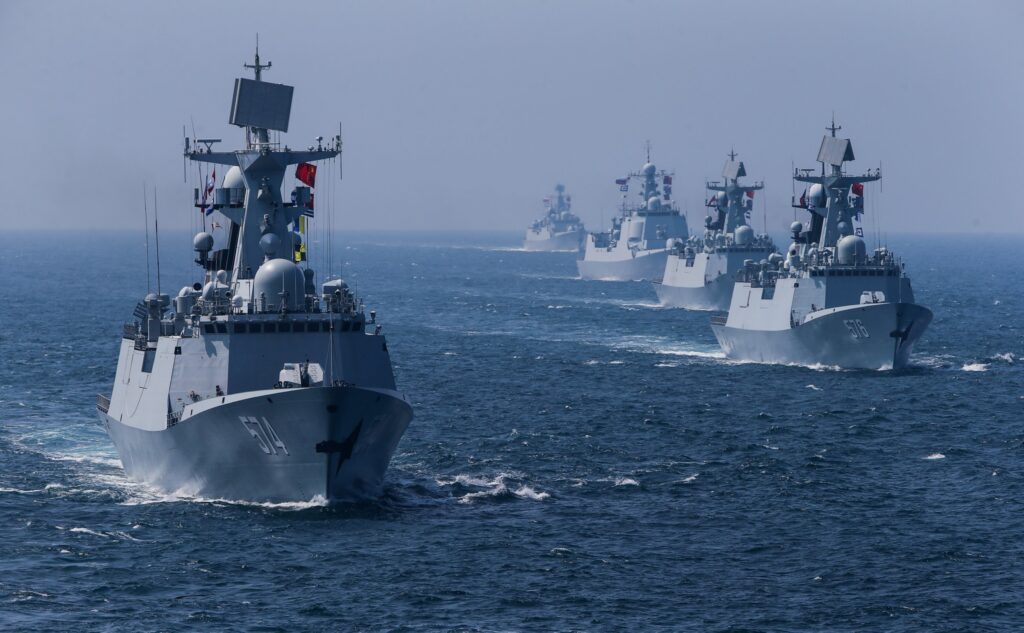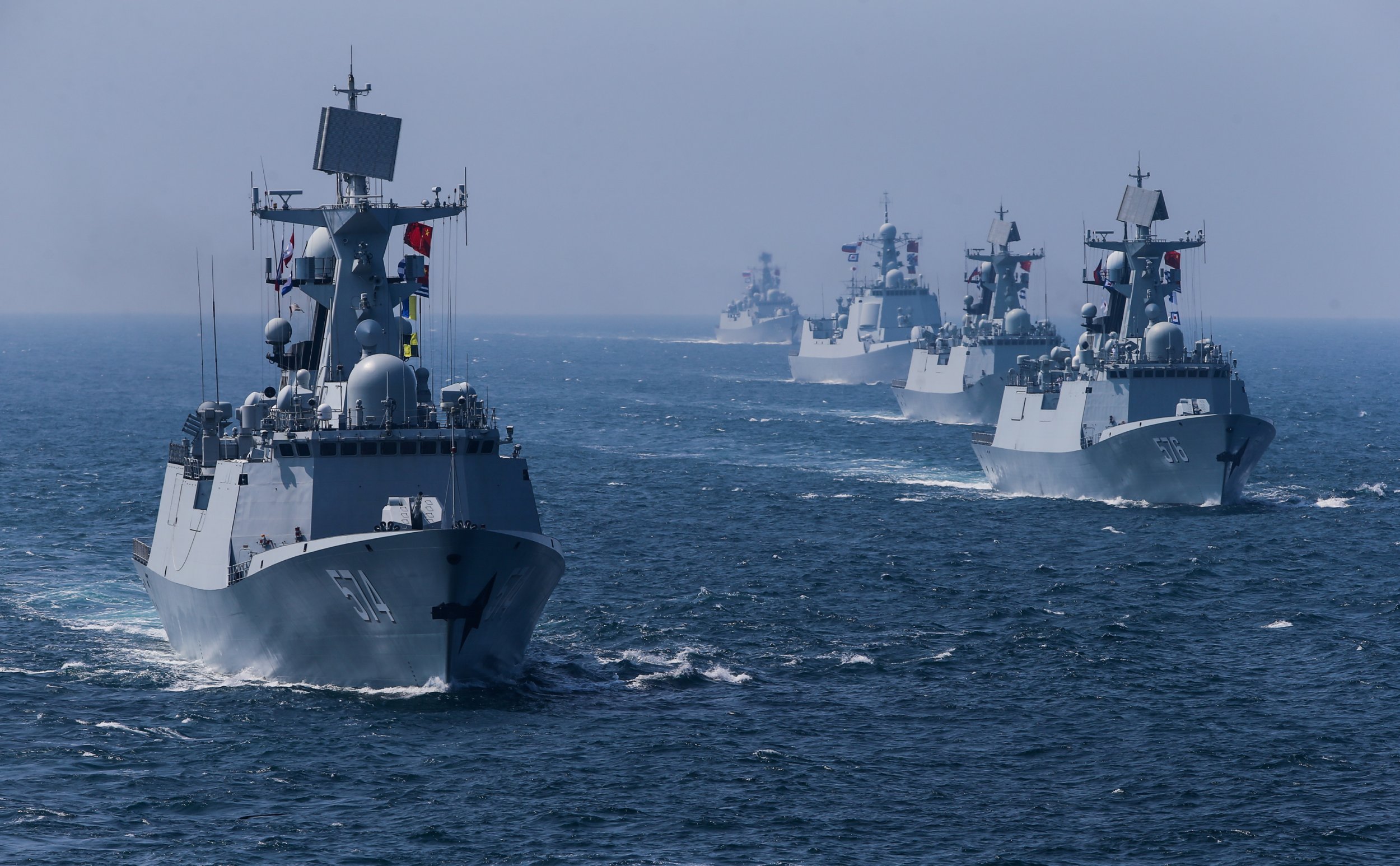Taiwan detects 11 Chinese aircraft and 7 naval ships near its border. Here’s what that means for the rising threat of a China-Taiwan war.
Tensions are at a boiling point in the Taiwan Strait, and recent developments have pushed global anxiety even further. On July 14, Taiwan’s defense ministry reported detecting 11 Chinese military aircraft, seven naval vessels, and one state-affiliated ship operating close to its territory. Nine of those aircraft even crossed the median line — an unofficial but long-respected boundary separating Taiwan from mainland China.
This isn’t a random occurrence. China has ramped up military pressure on Taiwan for the last two years, but recent movements are growing in frequency and scale. The aircraft involved are usually fighter jets and surveillance planes, while the warships trail nearby in what Taiwan calls “gray zone” intimidation. These aren’t just patrols; they are calculated provocations.
At the same time, Taiwan has launched its largest-ever Han Kuang military drills, which include simulations of Chinese blockades, electronic warfare, cyber attacks, and targeted missile strikes. These drills aren’t symbolic — they are designed to test how well Taiwan could survive and respond if China actually launched a full invasion. The country is also practicing how to operate in the event that central command is destroyed, a grim but realistic scenario.
What makes the situation more alarming is how close it’s all happening to real-world conflict. The Chinese Communist Party has openly stated that it sees Taiwan as a breakaway province. Chinese President Xi Jinping has repeatedly warned of “reunification,” and he’s refused to rule out military force. As China modernizes its military and expands naval and air power, Taiwan’s independence hangs in an increasingly dangerous balance.
For now, no one is firing missiles. But China’s pattern of military harassment — including flying jets into Taiwan’s air defense zone almost daily — serves a clear purpose. It wears down Taiwan’s defense response time, probes for weak spots, and sends a message to the U.S. and its allies: this is China’s backyard, and any interference will come at a cost.
So, will China actually attack Taiwan?
That’s the million-dollar question. Some experts believe an invasion is unlikely in the short term because the costs — militarily, economically, and politically — would be catastrophic. Others argue the opposite: that China could strike suddenly, hoping to catch Taiwan and its allies off guard before reinforcements arrive.
The U.S. has been watching this closely. Military officials from Japan, Australia, and the Philippines have also expressed concern and have begun tightening regional defense coordination. The U.S. has not promised to defend Taiwan outright, but it continues to sell arms, train troops, and send naval ships through the Taiwan Strait.
Many analysts refer to this as the “Davidson Window” — a critical period between now and 2027 when China might feel it has the best chance to take Taiwan by force before the island becomes too fortified, and before the West can reorient its defense posture fully. China has already rehearsed invasion scenarios through massive military drills around Taiwan, including mock blockades and “live-fire” exercises.
For Taiwan, preparation is no longer theoretical. Its defense strategy now relies on asymmetric warfare — focusing less on matching China tank-for-tank or ship-for-ship, and more on using mobility, drone warfare, long-range missiles, and hardened defense lines that make any invasion slow and deadly. The country is also working to disperse military assets and decentralize command — so even if Beijing cuts off the head, the body can keep fighting.
One key issue that complicates matters further is public perception. Many in Taiwan believe that China may never attack — or if it does, it won’t be for many years. But government officials and military leaders are preparing as though war could come tomorrow. That disconnect could make mobilization harder if the worst ever does happen.
Then there’s the international picture. Any Chinese invasion would likely trigger economic chaos, potentially dragging the U.S., Japan, and Australia into the conflict. Global supply chains — especially semiconductors made in Taiwan — would collapse. Financial markets would crash. And the Indo-Pacific region could become the next world war zone.
So, what happens next?
China will likely continue its pressure tactics. Taiwan will continue building its defenses. And the world will keep watching with bated breath. War is not inevitable — but it’s no longer unthinkable.
For now, Taiwan’s best bet is to stay alert, stay prepared, and build stronger ties with those willing to stand up for its sovereignty. Whether China acts on its threats or uses them to gain diplomatic leverage, the island nation is now at the front line of one of the most volatile flashpoints in the modern world.


